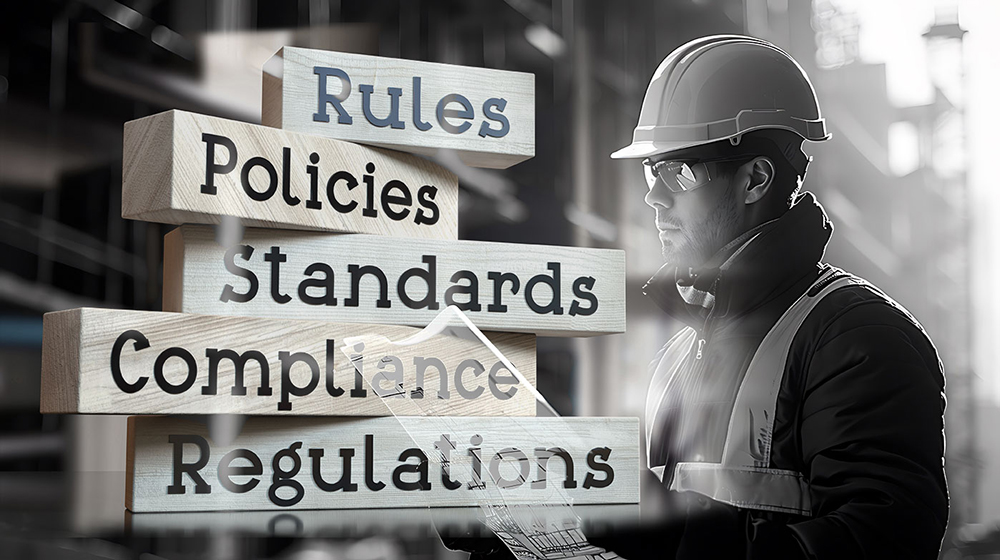
Navigating the Ever-Changing World of Building Regulations in Australia
If you’re involved in the building and construction industry in Australia, you know that one thing is constant: change. Building regulations, codes, and compliance requirements are always evolving, and keeping up can feel like trying to hit a moving target.
Regulatory Changes and Compliance forms the second of a 10-part shortlist from Back to Basics previous blog “There is no quick fix for the Australian housing problem” on addressing the housing shortage.
As a reminder we previously identified Regulatory Changes and Compliance issues and impacts as follows:
- Issue: Constant changes in building regulations, codes, and compliance requirements can be difficult for stakeholders to keep up with.
- Impact: Non-compliance can lead to fines, project delays, and reputational damage for construction firms.
But why do these changes happen, and how can you manage them effectively? Let’s break it down in simple terms.
Why Do Regulations Change?
- Safety First:
One of the main reasons for changing building regulations is safety. As new hazards are identified and technology advances, regulations are updated to ensure buildings are safe for everyone who uses them.
- Environmental Concerns:
Climate change and environmental sustainability are major drivers of regulatory changes. New rules often aim to make buildings more energy-efficient and reduce their environmental footprint.
- Technological Advances:
Innovations in building materials and construction techniques lead to updates in regulations. For instance, new materials that are stronger, lighter, or more sustainable might become the new standard.
- Learning from the Past:
When things go wrong, like building failures or accidents, regulations are reviewed and updated to prevent similar incidents in the future.
Key Areas of Recent Changes
- Energy Efficiency and Sustainability
The focus on sustainability has led to stricter energy efficiency requirements. New regulations mandate the use of better insulation materials, energy-efficient windows, and doors, and the integration of renewable energy sources like solar panels. Buildings now need to meet higher standards for thermal performance to reduce heating and cooling energy consumption.
- Fire Safety Standards
Following incidents like the Grenfell Tower fire in the UK, Australian regulations have been updated to enhance fire safety. This includes stricter rules on the use of cladding materials, improved fire-resistant building components, and more rigorous fire safety systems. The aim is to prevent the spread of fire and ensure safe evacuation routes.
- Accessibility and Inclusivity
New codes emphasise making buildings accessible to everyone, including people with disabilities. This includes requirements for ramps, wider doorways, and accessible bathrooms. These changes ensure that public buildings and residential complexes are more inclusive and user-friendly.
- Structural Integrity
Ensuring the structural integrity of buildings has always been a priority, but recent updates have introduced even more stringent requirements. This includes better construction practices to withstand natural disasters like earthquakes and cyclones, as well as updated standards for the durability of materials.
What Does This Mean for Builders?
- Design and Planning
Builders need to incorporate these new standards into their designs and planning processes. This might mean consulting with specialists, such as energy efficiency experts or fire safety engineers, to ensure compliance from the outset.
- Training and Skills Development
Workers need to be trained on the new regulations and how to implement them. This includes understanding new materials, construction techniques, and safety procedures. Continuous education is key to keeping up with regulatory changes.
- Increased Costs and Budgets
Compliance with new regulations often involves higher upfront costs for better materials and technologies. However, these costs can be offset by long-term savings through energy efficiency and reduced maintenance. Budget planning needs to account for these initial expenses.
- Inspection and Certification
The process of inspection and certification becomes more critical with new regulations. Regular checks ensure that construction meets all required standards, and obtaining the necessary certifications is crucial for project completion and legal compliance.
In our next new article, we will focus on recent regulatory and compliance changes how builders can manage these changes effectively.
Conclusion
Navigating the latest changes in building regulations, codes, and compliance requirements in Australia can be challenging, but it’s essential for creating safe, sustainable, and high-quality buildings. Embracing new regulations not only ensures compliance but also enhances the overall quality and safety of construction projects.
Back to Basics is Australia’s best value registered training course provider in the building and construction industry. Call us on 1300 855 713 to see how we can assist you.